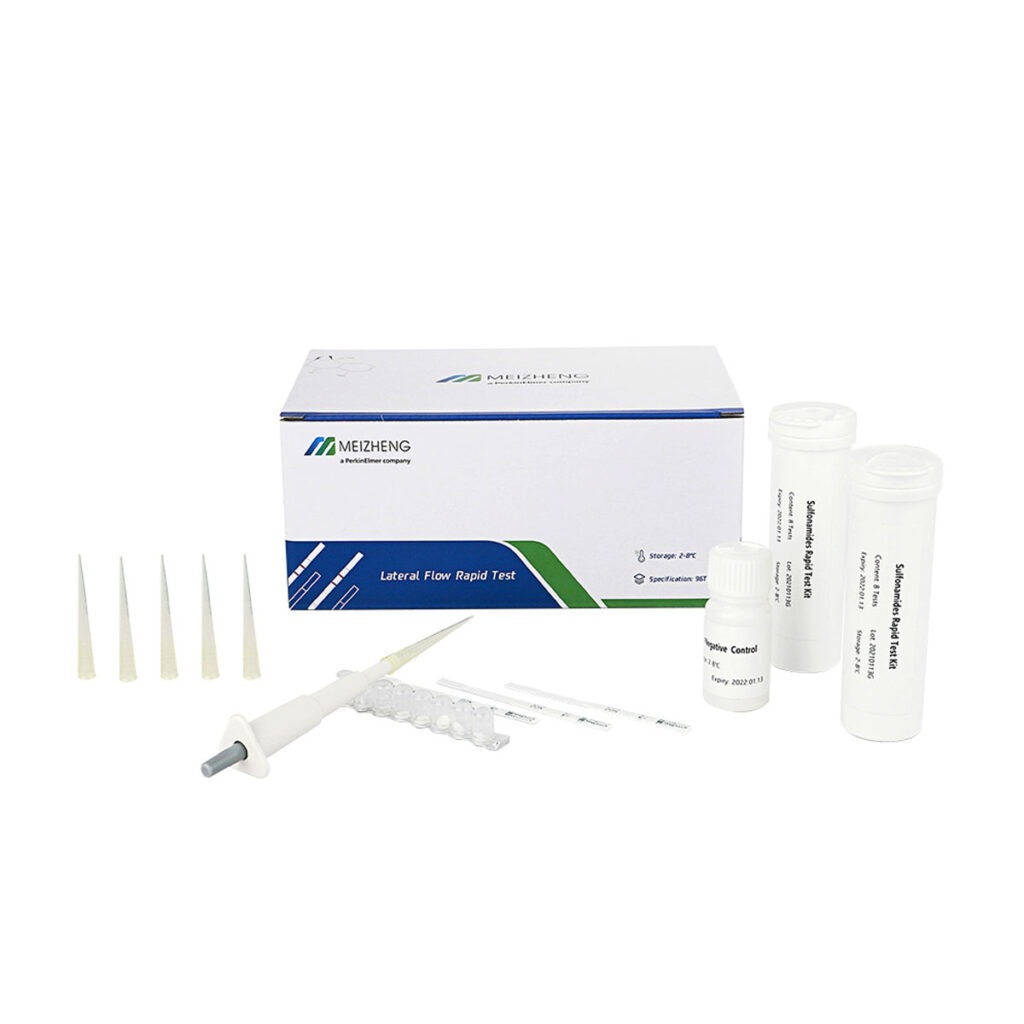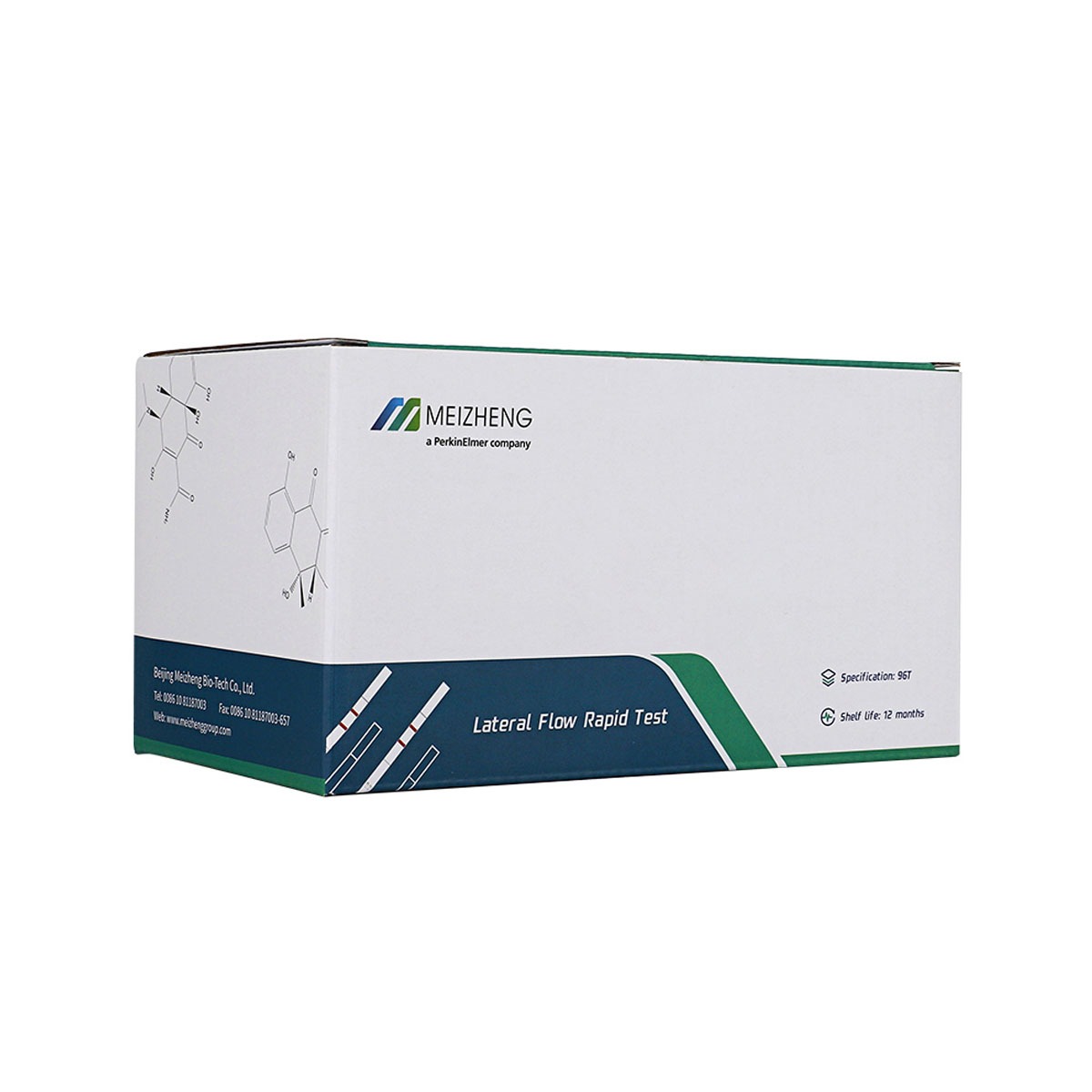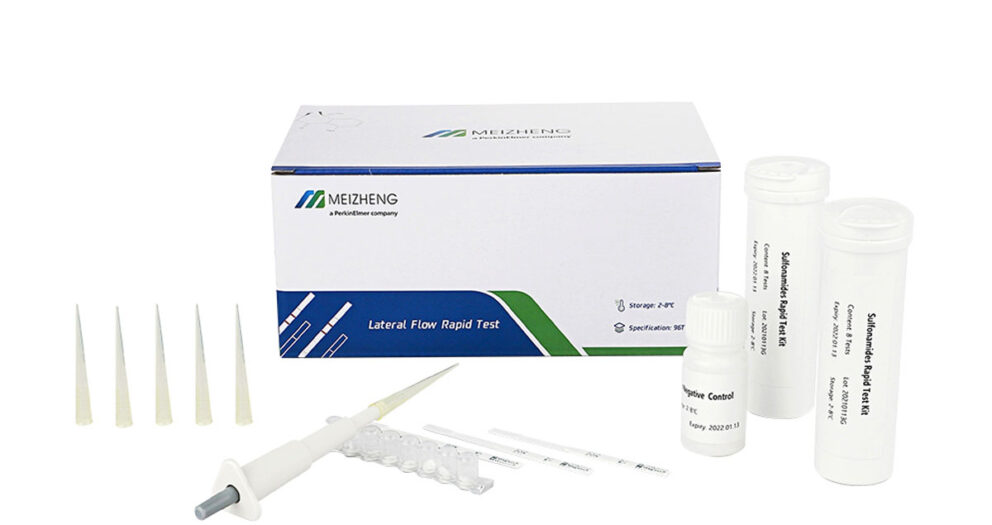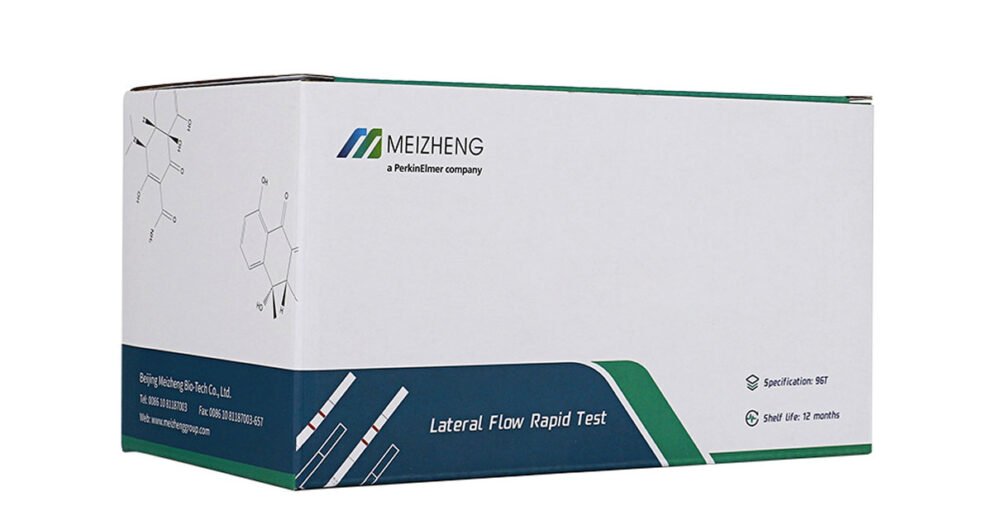(1) Naturalness:
Humans who have lived in the natural environment for a long time have strong adaptability to natural substances. Someone analyzed the distribution of more than 60 common elements in the human body and found that the percentage of most of them in the human blood is very similar to their percentage in the earth’s crust. Humans, however, have much less tolerance for synthetic chemicals. Therefore, distinguishing the natural or artificial properties of pollutants can help to estimate the degree of harm to humans. Heavy metals such as lead, cadmium, mercury, and arsenic are enriched in the surrounding environment of humans due to the development of industrial activities, enter the human body through the atmosphere, water, food, etc., and accumulate in certain organs of the human body, causing chronic poisoning and harm Human health.
(2) Toxicity:
The main factors that determine the toxicity of pollutants are their material properties, content and existing forms. For example, chromium has three forms: divalent, trivalent and hexavalent. Among them, hexavalent chromium is highly toxic, and trivalent chromium is one of the important elements of human metabolism. In natural waters, the toxicity of heavy metals is generally in the range of 1 to 10 mg/L, while the toxicity of mercury and cadmium is in the range of 0.01 to 0.001 mg/L.
(3) Space-time distribution:
After pollutants enter the environment, they are diluted and diffused with the flow of water and air, which may cause a wider range of pollution from point sources to non-point sources. Moreover, at different spatial locations, the concentration and intensity distribution of pollutants change with time. vary.
(4) Activity and persistence:
Activity and persistence indicate how stable a pollutant is in the environment. Pollutants with high activity are prone to chemical reactions in the environment or during the treatment process, and their toxicity is reduced, but they may also generate more toxic pollutants than the original ones, which constitute secondary pollution. For example, mercury can be converted into methylmercury, which is more toxic. Contrary to activity, persistence means that some pollutants can maintain their harmfulness for a long time. For example, heavy metals such as lead and cadmium are toxic and difficult to degrade in nature, and can produce bioaccumulation, threatening human health and survival for a long time.
(5) Biodegradability:
Some pollutants can be absorbed, utilized and decomposed by organisms, and finally generate harmless stable substances. Most organic matter has the possibility of being decomposed by biology, and most heavy metals are not easily decomposed by biology. Therefore, once heavy metal pollution occurs, it will be more difficult to control and more harmful.
(6) Bioaccumulation:
Bioaccumulation includes two aspects: one is the accumulation of pollutants in the environment through the food chain and chemical and physical effects. The second is the accumulation of pollutants in certain organs and tissues of the human body due to long-term intake. For example, cadmium can accumulate in the human body’s liver, kidney and other organs and tissues, causing damage to various organs and tissues. Another example is the Minamata disease incident in Japan from 1953 to 1961. Inorganic mercury was converted into methylmercury in seawater, which was ingested and accumulated by fish and shellfish.
(7) Additivity of the effect on the organism:
A variety of pollutants coexist and interact with organisms. There are two types of additive effects of pollutants on organisms: one is synergistic effect, mixed pollutants make the harm to the environment more serious than the simple addition of pollutants; the other is antagonistic effect, pollutants coexist time to weaken each other’s harm.

View more quality food test kits.







